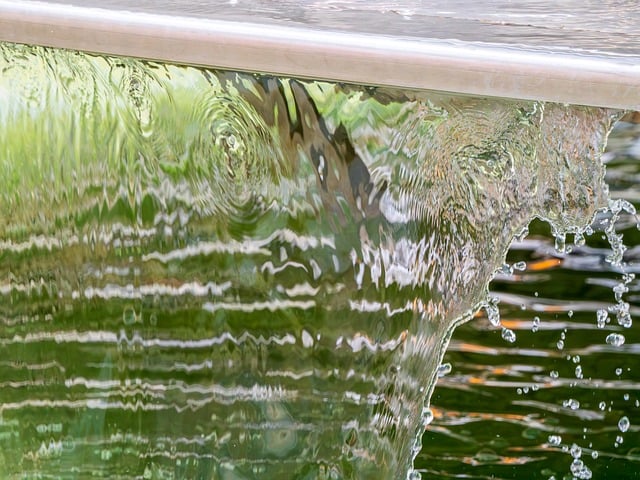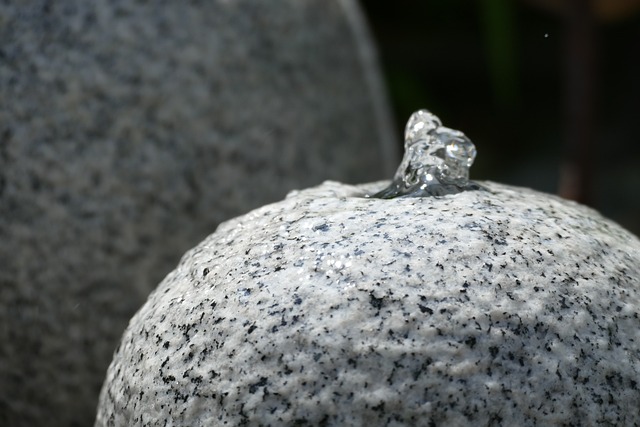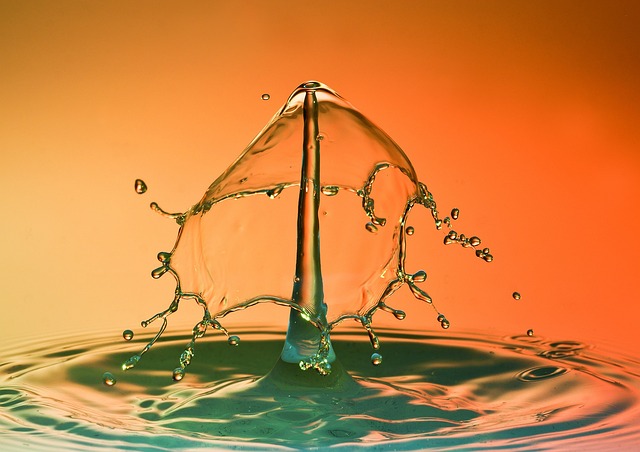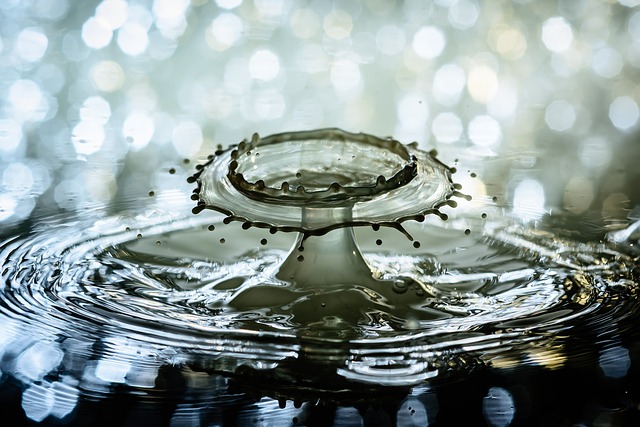- Unlocking the Art of Water Feature Hardscaping: A Guide for Landscape Professionals
- Mastering the Craft: Material Selection and Placement Techniques for Enduring Water Displays
- Design Principles for Stunning Water Features: Balance, Proportion, and Flow in Hardscaping
- Innovative Techniques and Best Practices in Installing and Maintaining Water Display Hardscapes
Unlocking the Art of Water Feature Hardscaping: A Guide for Landscape Professionals

Mastering the Craft: Material Selection and Placement Techniques for Enduring Water Displays

In the realm of landscape design, crafting enduring water features requires a deep understanding of both the materials used and the placement techniques employed. Selecting durable and weather-resistant materials such as granite or cast stone for the structure of water features ensures longevity and resistance to environmental factors. These materials not only withstand the test of time but also provide a seamless canvas for the cascading water, reflecting its natural beauty. Expert hardscapers apply advanced placement techniques that consider the hydraulic principles necessary for a consistent flow and the optimal angle for an aesthetic display. The integration of pumps and filtration systems is carefully managed to maintain the clarity and tranquility of the water, essential for creating a serene environment that can become a focal point in both residential and commercial landscapes.
The art of arranging water features is not just about aesthetics; it’s a symphony of form and function where every element plays a critical role. Strategic positioning within the landscape allows the water feature to harmonize with its surroundings, enhancing the overall ambiance. Professional hardscapers often employ 3D modeling software to visualize and plan the placement before any physical work begins, ensuring that each water feature is not only visually stunning but also blends seamlessly into its environment. The result is a captivating water display that can serve as a tranquil retreat or a striking centerpiece, enriching the outdoor living experience with the calming presence of flowing water.
Design Principles for Stunning Water Features: Balance, Proportion, and Flow in Hardscaping

In crafting a captivating water feature within hardscaping design, the principles of balance, proportion, and flow are paramount in achieving a visually stunning and harmonious result. Balance is a critical element; it can be symmetrical or asymmetrical but should always feel intentional, creating a visual equilibrium that draws the eye without overwhelming it. The size and scale of water features must be carefully considered relative to their surrounding environment—this is where proportion comes into play. A fountain or pond that is too large for its space can overpower the landscape, while one too small may appear lost and insignificant. The flow of water within these features should be seamless and rhythmic, contributing to the overall sensory experience while blending with the natural movements of the surrounding area. Each cascade, stream, or waterfall must be designed with consideration for how it complements the movement of air and the contours of the hardscape, ensuring a cohesive and dynamic interaction between water and space.
Incorporating these design principles not only elevates the aesthetic appeal of a water feature but also its functionality and longevity. A well-designed water feature becomes a focal point of beauty and tranquility in any outdoor setting, enhancing the ambiance of gardens, patios, or public spaces. To achieve this, the layout must be meticulously planned, taking into account the flow and direction of the water, its relationship to surrounding elements like walkways, seating areas, and plant life, and the integration of sustainable practices that promote water conservation and energy efficiency. Expert hardscaping for water displays is an intricate process that requires a deep understanding of both the technical aspects of water feature mechanics and the artistry needed to create a serene and captivating outdoor environment.
Innovative Techniques and Best Practices in Installing and Maintaining Water Display Hardscapes

When incorporating water features into hardscaping designs, innovation and precision are key to achieving both aesthetic appeal and functionality. Advanced techniques in the installation process involve utilizing high-resolution mapping to ensure water flow patterns align with landscape contours, creating a seamless integration with the surrounding environment. This meticulous approach not only enhances the visual impact of the water display but also optimizes water conservation by minimizing waste and promoting sustainability.
Maintenance of these water features requires a regimen that addresses both the structural integrity and the water quality. Regular inspection and cleaning of pumps, filtration systems, and piping prevent malfunctions and ensure a consistent, clear water display. Employing environmentally friendly chemicals and monitoring water pH levels help maintain the health of aquatic life if present, while also preventing algal blooms or other water degradations that could detract from the display’s beauty and functionality. These best practices extend the lifespan of the water feature and preserve its initial allure over time.
Landscape professionals have a new arsenal of skills at their disposal, thanks to the insights shared in this article on expert hardscaping for water displays. The guide has elucidated the intricacies of creating captivating water features, emphasizing material selection and placement that not only enhance visual appeal but also ensure enduring functionality. By adhering to design principles that focus on balance, proportion, and flow, practitioners can craft water features that become focal points in any outdoor space. The innovative techniques and best practices discussed for installing and maintaining these hardscapes underscore the importance of a meticulous approach to achieve water displays that are both aesthetically pleasing and resilient over time. With this knowledge, professionals are now equipped to transform ordinary landscapes into extraordinary environments with the addition of expertly designed water features.
